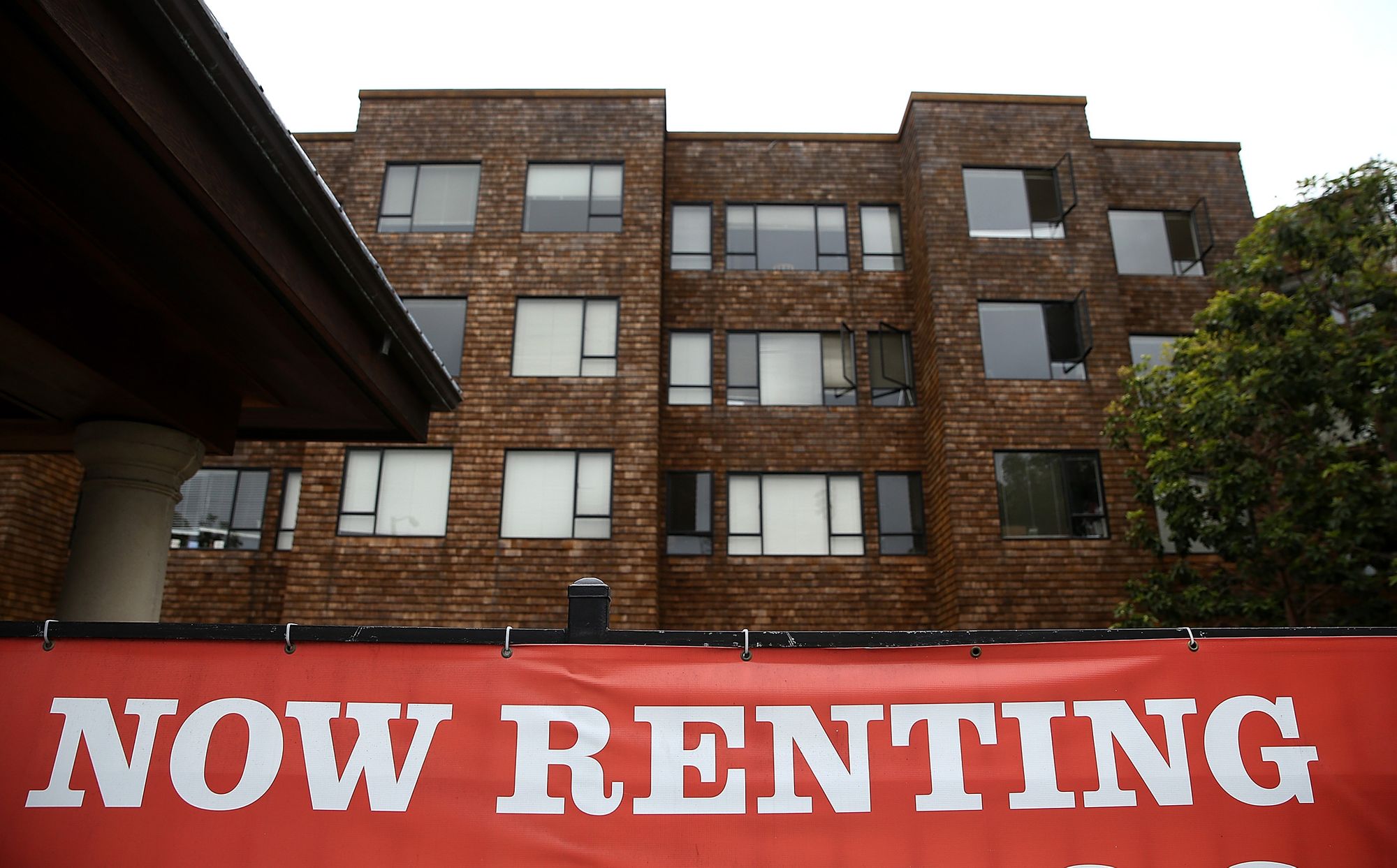The COVID-19 pandemic has disproportionately impacted the health and housing security of Black people nationally. Last month, 43 percent of Black families reported difficulty meeting their expenses, according to National Public Radio. Black homeowners and renters are falling behind in their payments, with many facing the looming prospect of foreclosure or eviction.
Here in the Bay Area, the pandemic combined with a severe local housing shortage is very likely to accelerate the ongoing exodus of Black people from San Francisco and Oakland.
The steady out-migration of Black families from San Francisco and Oakland has not gotten significant attention recently, perhaps because the two cities continue to be ethnically diverse with increasing LatinX and Asian populations. And the departure of a large segment of the Black population of San Francisco and Oakland has by no means been driven by personal preference. The Bay Area is notoriously one of the most expensive places to live and raise a family in the United States, and statistically, Blacks are at the bottom of the income disparity equation. The comparatively lower incomes of Black families and individuals have given them no choice other than to relocate when they lose their housing.
Relocation is often traumatic, with the loss of friends, neighborhood ties, and the communities where people grew up and attended school. It's often experienced as a loss of identity.
And not all of the displaced have moved. Tragically, a significant number of Black people who have lost their residences have ended up homeless and living a life on the streets. Black people comprise 40 percent of the homeless population in San Francisco and 60 percent in Oakland. The Black homeless in these two cities are overwhelmingly made up of locals who have lived in these cities for their entire lives and stay because of connections to the community. These victims of displacement are a constant reminder of San Francisco and Oakland’s inability to solve the lack of affordable housing crisis.
Black people have lived in San Francisco and Oakland since the mid-19th century. According to the 1870 U.S. Census, San Francisco had around 1,300 Black residents and Alameda County had under 100. Though small in number, these were vibrant communities ultimately built their own business districts, professional class, newspapers, and civic organizations.
In the 1940s, encouraged by the federal government, tens of thousands of Black job seekers, mostly from the South, migrated to the Bay Area in hope of obtaining employment. They found work in shipyards, military facilities, and in other war-related industries.
Most Black migrants remained after World War II, the majority settling permanently in San Francisco and the East Bay. Homeownership was the dream, and many went on to become homeowners. These Black communities further expanded as a result of chain migration. The Bay Area represented opportunity and large extended families moved here in hopes of escaping the racism and repression of the Jim Crow South. By 1960, 47,000 Black people had moved to San Francisco and Oakland’s Black population skyrocketed to 132,000, outnumbering white residents in the city.
Despite improvements in the post-World War II era, Black incomes today continue to lag while the cost-of-living continues to rise. And the startling increase in the cost of housing in San Francisco and Oakland has made displacement and gentrification all but inevitable. Over the past four decades, Black residents have been increasingly priced out of the home and rental markets in these two cities, with small bungalows that used to provide middle-class housing now regularly selling for over $1 million.
From a high point in the 1970s when Black people made up 13 percent of San Francisco’s population, their numbers have continued to plummet. Today, Black people make up less than four percent of the city’s residents, and in the last ten years, Oakland has experienced a 25-percent drop in the number of Black residents — and white residents once again represent the largest segment of the population.
The availability of Section 8 affordable housing has been one major reason for the Black exodus to cities like Fairfield, Stockton, Pittsburg, and Concord. There, renters are more likely to find landlords willing to accept Section 8 vouchers, and rents are typically more reasonable — but often these renters still have to commute elsewhere for work, like back to the East Bay or SF.

As a result of this movement, these communities have experienced a significant shift in their demographics. Fairfield now has a Black population of 16 percent. Stockton has a rising Black population of 14 percent, and 18 percent of Pittsburg’s population is Black. Concord, which has resisted building low-income housing, has just four percent Black residents.
I recently had the opportunity to talk to an Oakland family. Their experience is all too familiar. Valerie McLaughlin and her husband Michael Jackson, both 64, were born in the Bay Area. Michael is a native San Franciscan while Valerie was born and raised in Oakland. Since their marriage a decade ago, they've lived in Oakland’s Laurel District. In 2017, they were told by their landlord that he was selling their building and that the new owner planned extensive renovations requiring that they move out. They would be allowed to return at some uncertain date in the future.
Alternatively, they were offered a $20,000 relocation payment which they reluctantly accepted. For months, they searched for a comparable apartment in Oakland, then Emeryville and Berkeley. Despite their best efforts, they could not find one.
"We looked and looked," Valerie says. "When a good deal was listed we would fill out the application and pay for the credit check, but we were never chosen. It felt like playing roulette."
Valerie is a dietitian at an East Bay Hospital and Michael is a 22-year veteran driver for AC transit. They ultimately moved to Concord due to more affordable rents there.
Now commuting to work entails lengthy BART and bus rides for both of them. They have mixed feelings about their new environment, the suburban feel, strip malls, and chain restaurants. They are the only Black family on the block and the reaction of their neighbors has been problematic.
"When we moved here, I felt like a duck out of the water," Valerie says. "People from Oakland hardly ever went through the tunnel. When I was growing up, we thought the suburbs were racist. I still don’t feel entirely comfortable here."
In Oakland, they enjoyed the temperate climate (on Labor Day it hit 114 degrees in Concord), the diversity of the neighborhood, and their building. The other tenants there were Black, white, Latinx, and Asian. There were block parties and a sense of belonging and community. They don’t feel the same about Concord.
However, there is one positive note: Their grandson came to live with them. He was not succeeding at Oakland High School and it appeared he might drop out. Concord has provided their grandson with a better education than he appeared to be receiving in Oakland. He is now on schedule to graduate on time from Olympic High School in Concord in June ‘21, and is planning to attend an out-of-state college on scholarship.
I asked Valerie what she attributed her grandson’s turnaround to, and she said that he, “like other kids can be easily led one way or another." She added, "I think being around more students who are serious about their education made the difference."
After three years in Concord, Valerie and Michael still miss Oakland and hope to return someday. They would like to buy a house in Oakland and pray that housing prices continue to decline.
Theirs is but one story behind the statistics. Amid the COVID-19 pandemic, many more Black families face the possibility of being forced out of their communities, out of urban environments that cannot be replicated in the suburbs.
California’s legislature once again ended its session without passing any legislation aimed at increasing affordable housing. Despite the efforts of local governments, the lack of affordable housing is predicted only to worsen this decade. What is the future for San Francisco and Oakland’s Black communities? They will continue to shrink and the exodus unabated unless there is an unprecedented increase in the construction of affordable housing. If not, The Last Black Man in San Francisco may be more than a movie title.

Elliott Jones is a community organizer, public speaker, & philanthropist. Originally from Oakland, he has been working to help forge cultural understanding as an advocate and activist from California to Florida and every between. He is the founder of the public interest organization Ensure Progress and is also the grandson of the legendary Dr. Maya Angelou. Elliott contributes thoughts to SFist about progress in the Bay Area.
Photo: Getty Images

